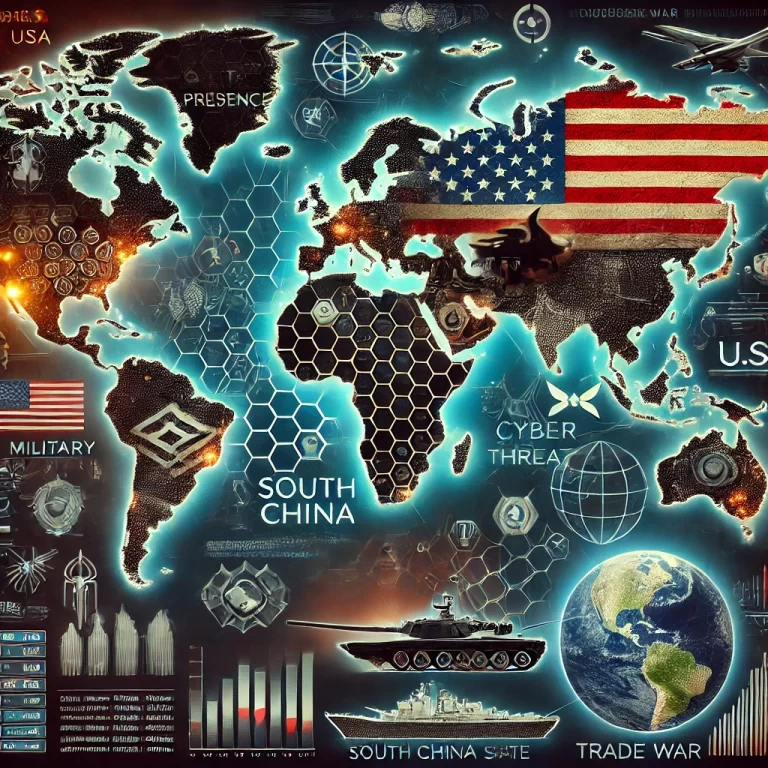
Israel Confirms Attack on Syrian Naval Fleet
Israel has confirmed that it carried out extensive attacks on Syria’s naval fleet, marking a significant escalation in a region already fraught with tension. The announcement came from Israel’s Defence Minister, who stated that the operation, launched on 8 December, aimed to prevent advanced weaponry from falling into the hands of extremist groups. This development follows a period of heightened instability in Syria since the overthrow of President Bashar al-Assad—an event that has reshaped the country’s political and military landscape. Neighbouring states, as well as the United Nations, have called for restraint, while analysts warn that these actions may have far-reaching consequences for the region’s balance of power.
The Confirmed Strikes
Israel’s Defence Minister, speaking to national media outlets in statements carried by BBC News, asserted that the Israeli Navy successfully targeted and destroyed Syria’s naval assets in Latakia, a port city on Syria’s western coast. Latakia’s naval facilities, long considered crucial to the Syrian military, reportedly sustained heavy damage. Footage provided by BBC Verify, an investigative unit within the BBC, shows multiple vessels and dockside equipment ablaze. High-resolution satellite images—reviewed alongside publicly available mapping data—corroborate the presence of charred hulls and damaged infrastructure along the port’s waterfront.
These findings align with independent verification conducted by organisations such as the Atlantic Council’s Digital Forensic Research Lab and the investigative group Bellingcat, both of which have documented changes to the port’s landscape since the reported strikes.
Strategic Context and Geography
The Golan Heights, located along the Israeli-Syrian frontier, remains a disputed territory and a focal point of regional tensions. Israel seized the area from Syria during the Six-Day War of 1967 and later annexed it in 1981—an act not recognised internationally. Since the fall of the Assad government, Israeli forces have frequently conducted aerial strikes inside Syrian territory. According to the Israeli Defence Forces (IDF), these operations are intended to prevent advanced weaponry, potentially including chemical agents and sophisticated missiles, from reaching militant groups.
BBC Verify’s Merlin Thomas, an expert in geolocation analysis, cross-referenced images uploaded to social media with widely available satellite data and archival photographs. In one confirmed instance, an Israeli soldier was identified approximately 700 metres beyond the demilitarised buffer zone inside Syrian territory. This was established by matching local topographical features, such as a distinctive trench and a nearby hill, against known reference points. Further, verification placed Israeli military convoys in the village of Qudna, also located beyond the designated neutral areas. These findings call into question official Israeli assertions that ground forces have not operated significantly outside the buffer zone.
Syria’s Naval Capabilities and Damage Assessment
Prior to the recent strikes, Syria’s naval assets were modest but strategically valuable, centred on Latakia. Although the Syrian Navy’s fleet was neither large nor technologically advanced by regional standards, it remained crucial for coastal defence and maritime operations. Video footage analysed by BBC Verify, as well as assessments by defence intelligence specialists at Jane’s Defence Weekly, indicates that several key ships, support vessels, and associated infrastructure have been destroyed or severely damaged.
Neutralising Syria’s naval capabilities may alter the security environment. Observers at the International Institute for Strategic Studies (IISS) note that removing Syria’s maritime defences eliminates an asset Damascus once relied on to project limited power along its coast. According to IISS analysts, this could leave a security vacuum, potentially allowing armed non-state actors to operate more freely in coastal regions.
Alleged Chemical Weapons Infrastructure Targeted
Another controversial aspect of the Israeli operations involves reported strikes on a Syrian research centre near Damascus. The Organisation for the Prohibition of Chemical Weapons (OPCW) previously inspected facilities in that area following international agreements to dismantle Syria’s chemical weapons stockpiles. Although Syria declared the destruction of these arsenals in 2014, OPCW inspectors found lingering traces of chemical agents in 2019. Human Rights Watch and the United Nations Commission of Inquiry on the Syrian Arab Republic have documented prior use of chemical agents, including sarin gas, by the Assad regime.
Israel’s Defence Minister contends that destroying the research centre was necessary to prevent extremists from acquiring chemical weapons. A chemical weapons expert consulted by BBC News explained that incinerating certain stockpiles can neutralise some compounds rapidly, although such an approach risks collateral damage and environmental contamination. Without third-party oversight, it is difficult to confirm whether this action fully neutralised potential threats or created new hazards for nearby communities.
Regional Reactions and International Law
The recent attacks have drawn condemnation and calls for restraint. Syria’s neighbours, including Lebanon and Jordan, have expressed concern about the humanitarian impact, especially on already vulnerable border communities. The United Nations Secretary-General reiterated appeals for de-escalation, emphasising that cross-border operations risk undermining international law and further destabilising a fragile environment.
From Israel’s perspective, these pre-emptive measures are justified by the threat posed by numerous armed groups that emerged in the vacuum left by Assad’s ousting. Israeli officials argue that allowing advanced weaponry or chemical agents to fall into extremist hands would endanger not only Israel, but also neighbouring states. Critics, however, contend that Israel’s interpretation of self-defence may exceed the parameters set by international law. Legal scholars interviewed by the Guardian note that compliance with the United Nations Charter hinges on the necessity and proportionality of such strikes, as well as on the availability of peaceful means.
Humanitarian Dimensions and On-the-Ground Impact
Humanitarian organisations, including Médecins Sans Frontières and the Norwegian Refugee Council, warn that intensifying hostilities puts civilians at risk, particularly in areas hosting internally displaced persons. While no casualty figures have been independently confirmed, unverified local reports suggest that residents near Latakia fled inland in fear of subsequent strikes. In communities near the destroyed research centre outside Damascus, families voiced concerns about potential exposure to residual toxins.
Displacement and infrastructure damage have long-term implications in a country already weakened by conflict. Observers at the International Crisis Group caution that such military interventions could drive further migration and deepen humanitarian crises. It remains uncertain whether dismantling Syria’s naval capabilities will deter extremist groups or simply create new power vacuums.
Implications for Regional Stability
The Middle East’s strategic landscape has shifted dramatically since Assad’s downfall, and Israel’s actions may encourage other regional powers to reassess their own strategies. For states such as Iran and Turkey, both of which have vested interests in Syria’s future, these developments could prompt them to recalibrate their diplomatic and military postures. Analysts at Chatham House observe that while Israel’s strikes demonstrate its reach and intelligence-gathering capability, they may also provoke other actors to assert influence, harden positions, or even directly intervene.
Diplomatic channels remain open but tense. Informal backchannels involving Russia—historically a key ally of the former Syrian government—may help prevent a broader conflagration. European Union officials continue to urge adherence to diplomatic norms and humanitarian principles, mindful that any miscalculation could spread instability beyond Syria’s borders.
Conclusion
Israel’s confirmation of attacks on Syria’s naval fleet and related facilities represents a pivotal moment in the post-Assad era. Verified evidence from BBC News, corroborated by independent investigative groups, underscores the gravity of these strikes and their potential to reshape the region’s security environment. While Israel maintains that the operations were imperative to prevent dangerous weapons from reaching extremists, international voices warn that such actions could deepen regional instability. In the coming weeks and months, the true impact—on Syrian civilians, on the country’s fractured political landscape, and on the broader balance of power—will become clearer, as all sides confront the uncertain consequences of these escalating tensions.
Aric Jabari is a Fellow, and the Editorial Director at the Sixteenth Council.



